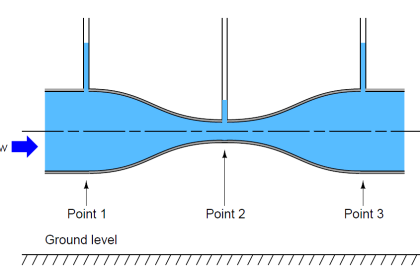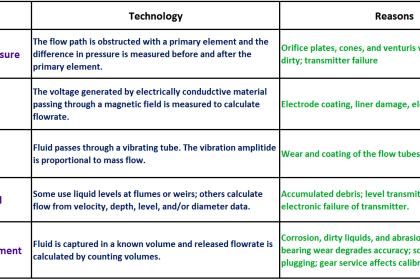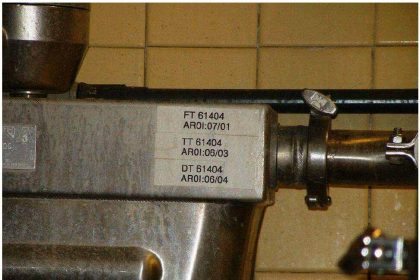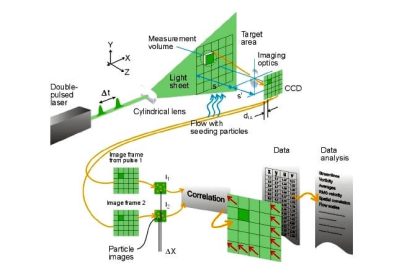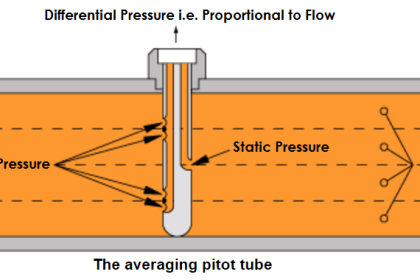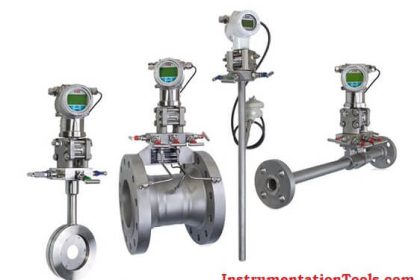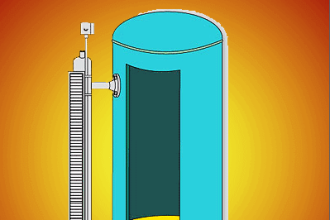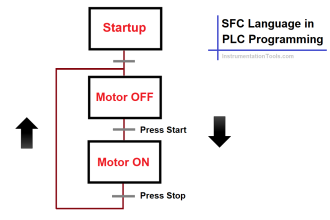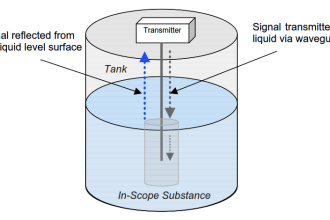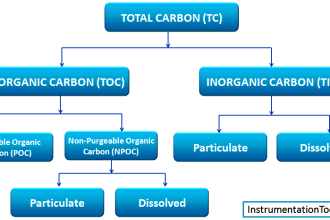Has this question troubled you that viscosity is not included in the Orifice equation?
Orifice Plate
Imagine Honey flowing through the pipe and on the contrary water flowing through the Pipe will have the same pressure drop. You have guessed it right the pressure drop won’t be the same.
So why is viscosity not in the equation? This question puzzled Tony Rudolph for 15 years until he had an Eureka moment.
Demystifying Reynolds Number
We owe Sir Osborne Reynolds for this discovery.
To understand this let’s take a simple example.
Imagine we pour honey and water on a slide.
Who will reach first?
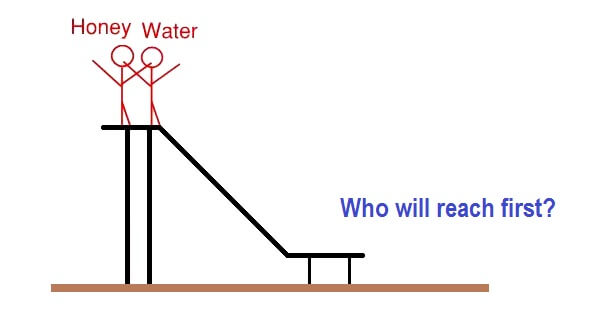
Water will reach down first as compared to honey.
Why?
The answer in simple words is water has a lesser tendency to stick along its surface as compared to Honey.
This phenomenon is captured in Reynolds number.

The “Numerator” consists of 3 variables that could be termed together as Inertial force.
V=Velocity, D=Diameter, p=density
The “Denominator” consists of one term and that is absolute viscosity.
Hence, in conclusion, the Reynolds number is the ratio of “Inertial forces” to “Viscous force”.
So higher the Reynolds number the more “Inertial forces” dominate.
And for orifice meter one of the requirements is a high Reynolds number.
Thus as “Viscous forces” at very high Reynolds are negligible we don’t consider them in the equation.
Thanks for reading.
I hope it’s been of value to you.
Credits: I stumbled upon this insightful concept in Tony R Kuphaldt book “Lessons In Industrial Instrumentation”. A great read.
Author: Asad Shaikh
Profile: Linkedin
If you liked this article, then please subscribe to our YouTube Channel for Instrumentation, Electrical, PLC, and SCADA video tutorials.
You can also follow us on Facebook and Twitter to receive daily updates.
Read Next:
- Vent and Drain Holes of Orifice
- What is Orifice Beta Ratio?
- Orifice Meters Compensation
- What is Restriction Orifice?
- Turndown ratio of Orifice
